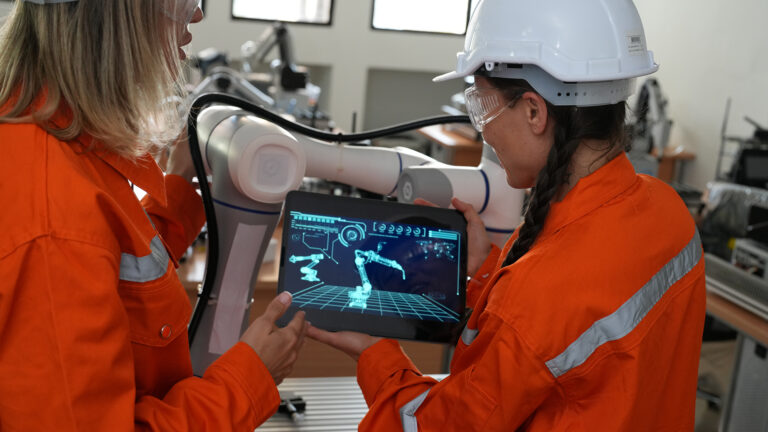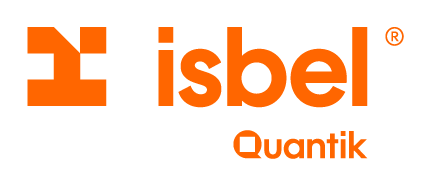In this era where networks and cabling play an indispensable role in the connectivity and operation of various infrastructures, it is imperative to recognize that the proper choice and installation of cabling also contributes significantly to fire prevention, just as much as the implementation of smoke detection systems, regular maintenance of electrical equipment and proper management of flammable materials, for example.
In any structured cabling project, safety takes center stage. Fiber optic and copper cables are vital components in the network infrastructure, yet their level of flammability plays a crucial role in overall safety. For this reason, when designing solutions, it is essential to consider this fundamental aspect.
The quality and correct installation of these cables significantly reduce the risk, ensuring the protection of those who frequent these spaces. In addition, proper maintenance of the internal cables guarantees continuity of service, avoiding situations that could endanger safety and cause chaos in places with a large influx of people.
For all these reasons, selecting the right cable according to the needs of the installation environment and understanding the flammability characteristics is an indispensable measure to ensure safety and optimal system performance. In this article I intend to delve a little deeper into the different types of cabling according to the installation environment.
Office and Home Environments
Standard Flammability Grade (CM):
Metallic (CM) or optical (COG) cables are for general use, and suitable for vertical application in busy pipelines, in places without forced air flow, in installations in the same environment or in places with similar fire propagation conditions. For these cables, the vertical flame propagation is evaluated according to the "Vertical-Tray Flame Test" test method of UL 1685, and the gases generated in their combustion and smoke density are not evaluated.
Critical Business and Data Environments
Enhanced Flammability Rating (CMR):
Metallic (CMR) or optical (COR) riser type cables are suitable for vertical application in shafts, in installations where cables exceed more than one floor, in places without forced air flow, in pipelines with low occupancy or in places with similar fire propagation conditions. For cables of this classification, the vertical flame propagation is evaluated, according to the UL 1666 test method, and the gases generated in their combustion and smoke density are not evaluated.
Data Centers and Telecommunications
Maximum Flammability Rating (MFR):
They are suitable for horizontal application, in confined locations (between floors, sheathing, ducts, etc.), with or without forced air flow, or in locations with similar fire spread conditions. To be classified as CMP/ COP, internal cables must be evaluated for flame spread and smoke density in accordance with NFPA 262 or UL 910.
Environments where low emission of fumes and corrosive gases is required.
LSZH (Low Smoke Zero Halogen) cable:
In a fire, the spread of fire can be very damaging to infrastructure or buildings, but it is the smoke, which contains toxic gases, that causes the most damage and harm to people. Damage to buildings is reversible, but damage to people is often not. In an attempt to increase the safety of people during a fire, LSZH - Low Smoke Zero Halogen - materials have been developed which, during the burning process, have low smoke emission and do not generate toxic gases. Thus, the main risk factors for people are reduced, since the smoke makes it difficult for people to leave the environment and the toxic gases generated can cause asphyxiation, depending on the time exposed to them. LSZH cables must meet the flame retardancy characteristics of IEC 60332-1 or IEC 60332-3 cables, as well as the smoke density and toxicity requirements of the gases generated in their combustion. They are recommended for places with high concentration or circulation of people such as: commercial buildings, train stations, subway stations, hospitals and airports, etc.
The following table classifies each cable according to its fire resistance and gas emission.

At Isbel, we are here to assist you in the evaluation of the state of your current wiring installation or in the design of your future project.



